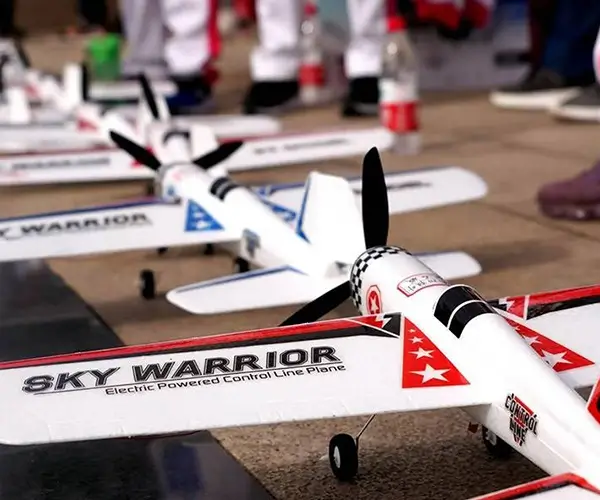In the realm of modern machinery and automation, the quest for reliable, efficient, and adaptable power transmission components never ceases. Among the heroes of this ongoing saga are dual shaft DC gear motors—an innovation that combines simplicity with extraordinary performance. These compact yet powerful devices are transforming how engineers and designers approach projects that demand both flexibility and precision.

What Is a Dual Shaft DC Gear Motor?
At its core, a dual shaft DC gear motor is a type of direct current motor integrated with a gear reduction system, designed specifically with two output shafts extending from opposite sides of the motor. Think of it as a tiny, smart powerhouse that can convert electrical energy into mechanical motion while providing multiple points of output. This dual output configuration allows for the synchronized or independent movement of two components—an essential feature in complex mechanisms.
Imagine a robot arm with two joints or an automated conveyor system where two belts need coordinated motion. Picking a dual shaft DC gear motor makes unifying control and ensuring synchronized operation more straightforward. The design features a compact motor housing coupled with gear assemblies—often spur, planetary, or worm gears—reducing rotational speed and increasing torque. The dual shafts then serve as robust, efficient points to connect to various mechanical systems.
Engineering Marvels: How Are Dual Shaft DC Gear Motors Made?
The manufacturing of these motors involves meticulous engineering. The core components include a high-quality DC motor—either brushed or brushless—paired with a set of gears designed for desired torque and speed ratios. The dual shafts are usually precisely machined to ensure balance and minimal vibration, which contributes to the reliability and longevity of the motor.
Gear ratios are customized based on application needs, whether you're aiming for high torque at low speeds or faster rotational speeds with moderate torque. The gear material, gear type, and lubrication determine noise levels, durability, and efficiency. Manufacturers often offer options like sealed housings to prevent dirt and dust ingress, significantly extending the motor's lifespan.
Advantages Driving the Popularity of Dual Shaft DC Gear Motors
What makes dual shaft DC gear motors stand out? Here are some compelling reasons:
Versatility in Design: With two output shafts, applications can be simplified without the need for additional gearing or complex coupling mechanisms. Synchronized or Independent Control: Two shafts can be controlled together or separately, providing flexibility in motion control strategies. Space-Saving: Their compact form factor consolidates multiple movements into one package, freeing up space in tight environments. High Torque and Efficiency: Gear reduction amplifies torque output, excellent for demanding tasks. Ease of Integration: These motors can be easily integrated with various control systems, sensors, and actuators, enabling seamless automation.
Applications Across Industries
The real power of dual shaft DC gear motors emerges in their wide applicability:
Robotics: They serve as the perfect actuation solution for robotic arms, grippers, or mobile robots requiring dual movement axes. Industrial Automation: Conveyor belts, automated packaging machines, and precision positioning systems benefit from their synchronized dual outputs. Medical Devices: From surgical robots to laboratory automation, their compactness and reliability are highly valued. Aerospace and Defense: High-performance requirements are met with robust dual shaft DC gear motors suitable for demanding environments. Home Automation: They can be incorporated into smart locks, automated blinds, and other household devices that require quiet yet powerful operations.
Key Factors to Consider When Choosing a Dual Shaft DC Gear Motor
Selecting the right motor involves evaluating several critical parameters:
Torque Requirements: Understand the load and torque needed for your application. Speed Range: Determine the ideal rotational speed for both shafts. Gear Ratio: Choose gear assemblies that align with your torque and speed goals. Power Supply Compatibility: Ensure the motor’s voltage and current ratings match your system. Environmental Conditions: Consider factors like temperature, moisture, and dust, which influence sealing and material choices. Control Interface: Decide whether you need simple on/off control or variable speed and directional control via PWM, H-bridge, or other methods.
Challenges and Solutions
Despite their many advantages, dual shaft DC gear motors also present some challenges:
Vibration and Noise: Precision manufacturing minimizes these, but design choices like gear type and lubrication are critical. Heat Dissipation: Managing heat is vital, especially in high-torque or continuous operation scenarios. Proper gearing and materials help mitigate heat buildup. Maintenance: Regular lubrication and inspection extend the lifespan, but many modern models come with sealed, maintenance-free designs.
In the next installment, we’ll explore deeper into specific types of gear mechanisms used in dual shaft DC gear motors, delve into customizing solutions for various industries, and share insights about the future trends shaping this technology. Stay tuned for an in-depth look at the evolution of dual shaft DC gear motors — where innovative engineering meets transformative application.
Kpower has delivered professional drive system solutions to over 500 enterprise clients globally with products covering various fields such as Smart Home Systems, Automatic Electronics, Robotics, Precision Agriculture, Drones, and Industrial Automation.




































